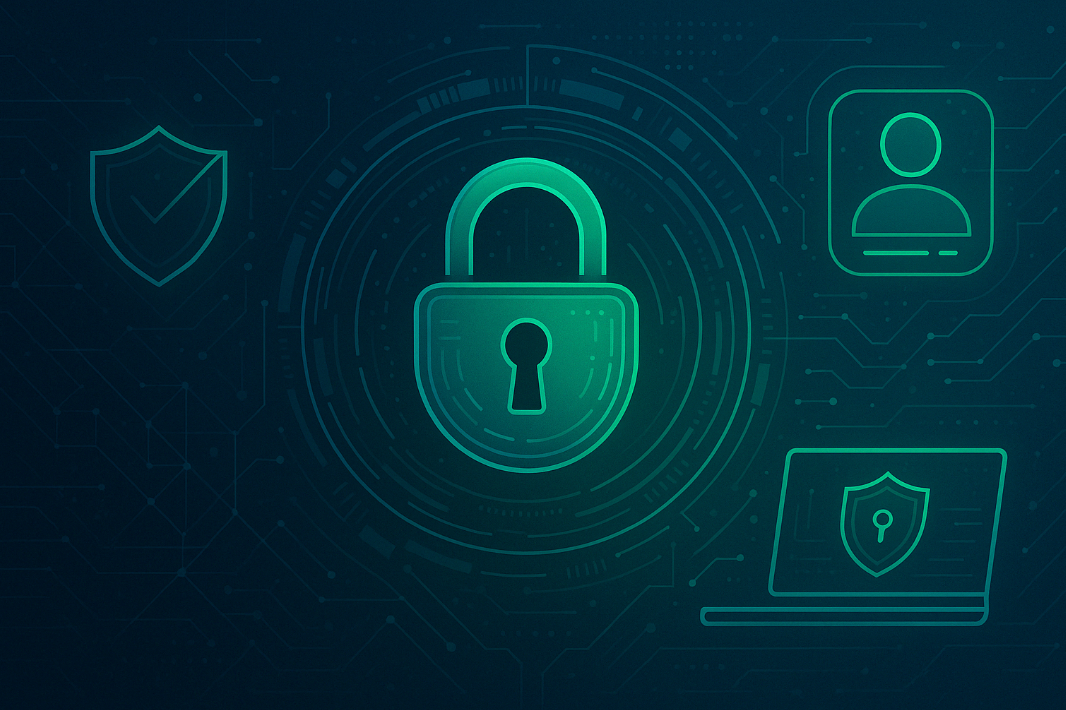
Summary
Zero Trust Security is a cutting-edge network security model built around the idea of “never trust, always verify.” It replaces outdated perimeter-based defenses with a dynamic, identity-driven approach that continuously monitors and validates access requests. Ideal for modern digital environments, Zero Trust enhances cybersecurity strategies by reducing risks, limiting access, and protecting sensitive data across cloud, remote, and on-premise networks. This guide covers what Zero-Trust is, why it matters, how it works, and how organizations of all sizes can implement it for better security and compliance.
In today’s evolving digital landscape, data breaches and cyberattacks are becoming more sophisticated than ever. Traditional perimeter-based defenses no longer cut it. That’s where Zero-Trust Security steps in — a modern network security model that’s rapidly transforming how organizations approach cybersecurity strategies.
Whether you’re a beginner in IT or a business owner aiming to secure your digital assets, understanding Zero-Trust is crucial. In this guide, we’ll break it down in simple terms, explain how it works, and why it’s a game-changer in the cybersecurity world.
What is Zero Trust Security?
Zero Trust Security is a security framework based on a simple principle: never trust, always verify. Unlike traditional security models that automatically trust users inside a corporate network, Zero-Trust assumes that every user, device, or application could be compromised — regardless of where they are located.
Instead of offering open access after login, Zero-Trust continuously evaluates access permissions and enforces least-privilege principles across the board.
Key Characteristics of Zero Trust:
- No implicit trust – verification is continuous.
- Strict identity verification before granting access.
- Least privilege access to minimize damage in case of breach.
- Micro-segmentation to isolate systems and data.
Why Traditional Security Models Are No Longer Enough
Most legacy network security models operate on the assumption that anything within the network perimeter is safe. Firewalls, VPNs, and intrusion detection systems create a “castle-and-moat” style defense. But with the rise of remote work, cloud services, and mobile devices, the perimeter has effectively dissolved.
Cybercriminals exploit these gaps. Once inside the network, they often move laterally — accessing sensitive systems without much resistance.
Zero-Trust counters this by validating every request, limiting internal movement, and enforcing strict access policies.
Core Components of a Zero Trust Architecture
According to the Zero Trust Architecture guidelines published by NIST, organizations should focus on identity, device posture, and continuous monitoring to build a secure Zero-Trust framework.
Implementing Zero-Trust isn’t about one tool — it’s a cybersecurity strategy that integrates with various technologies. Here are its foundational elements:
1. User Authentication
Multi-factor authentication (MFA) is critical. Users must verify their identity using two or more credentials before accessing any resource.
2. Device Security Posture
Only trusted and compliant devices should be allowed access. This includes endpoint detection, device encryption, and regular health checks.
3. Least Privilege Access
Users and systems are given only the minimum level of access required to perform their tasks. No more, no less.
4. Micro-Segmentation
The network is broken into smaller segments, so if one is breached, the rest remain secure.
5. Continuous Monitoring and Analytics
Every access request and activity is logged and analyzed in real-time to detect anomalies or potential threats.
How Zero-Trust Fits Into Modern Cybersecurity Strategies
Integrating Zero-Trust into your organization’s cybersecurity strategies helps build a proactive defense system. Here’s how it aligns with your broader security goals:
- Risk Reduction: Limiting access and verifying continuously helps prevent internal and external threats.
- Cloud Compatibility: Zero-Trust is inherently cloud-friendly, ideal for organizations using SaaS or hybrid environments.
- Compliance: Helps meet industry standards like GDPR, HIPAA, and ISO 27001 by enhancing data access controls.
Steps to Implement Zero-Trust in Your Organization
Implementing Zero-Trust can be complex, but taking a phased approach makes it manageable. Here’s a beginner-friendly roadmap:
Step 1: Identify Sensitive Data and Critical Assets
Start by mapping out where your sensitive data resides and which systems are most critical to your business.
Step 2: Classify Users and Devices
Segment users by roles, locations, and the devices they use. This helps tailor access policies effectively.
Step 3: Enforce Identity and Access Controls
Implement strong MFA, single sign-on (SSO), and endpoint management tools.
Step 4: Set Up Network Segmentation
Use software-defined perimeters and micro-segmentation to isolate parts of your network.
Step 5: Monitor, Analyze, and Adapt
Use behavior analytics and threat detection systems to continuously assess and refine your security policies.
Common Misconceptions About Zero-Trust
“It’s only for large enterprises.”
While big organizations were early adopters, Zero-Trust principles are highly scalable. Small and medium businesses benefit just as much, if not more.
“It replaces all my current tools.”
Zero-Trust doesn’t replace — it enhances. It works in harmony with your existing firewalls, antivirus, VPNs, and other tools.
“It’s too complex to implement.”
You don’t have to overhaul your entire system overnight. You can adopt Zero-Trust in stages, starting with identity management and access control.
Real-World Example: Google’s BeyondCorp
One of the most cited examples of Zero-Trust in action is Google’s BeyondCorp. After a major security breach in 2009, Google implemented a Zero-Trust model that removed the need for a traditional VPN and continuously verified users and devices regardless of location.
This real-world implementation proves that with the right strategy, Zero-Trust can be effective, scalable, and even user-friendly.
The Future of Cybersecurity is Zero-Trust
As cyber threats continue to grow in sophistication, embracing a Zero-Trust Security model is becoming less of an option and more of a necessity. It offers a forward-thinking approach to modern network security models, aligning perfectly with evolving cybersecurity strategies.
Whether you’re just starting out or looking to upgrade your organization’s security framework, understanding and gradually implementing Zero-Trust is one of the most impactful steps you can take.
FAQ
Q – What is Zero-Trust Security in simple terms?
Ans – Zero-Trust Security is a cybersecurity model that assumes no user or device can be trusted automatically, even if it’s inside your network. Every access request must be verified, making it much harder for hackers to move through systems unnoticed.
Q – How is Zero-Trust different from traditional security models?
Ans – Traditional network security models rely on a trusted perimeter (like firewalls), whereas Zero-Trust verifies everyone and everything continuously, regardless of where they are connecting from.
Q – Why is Zero-Trust important in cybersecurity?
Ans – Zero-Trust significantly reduces the risk of data breaches by minimizing access and continuously verifying identity. It’s a key part of modern cybersecurity strategies and is especially effective in protecting remote and cloud-based systems.
Q – Do small businesses need Zero-Trust Security?
Ans – Yes! While it’s popular with large enterprises, small and medium-sized businesses also benefit from Zero-Trust. It offers scalable protection without needing massive infrastructure investments.
Q – What are the first steps to implementing Zero-Trust?
Ans – Start by identifying critical assets, enforcing multi-factor authentication (MFA), segmenting your network, and continuously monitoring access. It’s best done in phases.
Q – Can Zero Trust Security work with existing security tools?
Ans – Absolutely. Zero Trust complements your current tools like firewalls, antivirus software, and VPNs. It enhances them with better access control and visibility.
Q – Is Zero Trust only for cloud environments?
Ans – No, Zero Trust applies to both cloud and on-premise systems. However, it’s especially effective in cloud environments because of its dynamic, identity-driven design.







